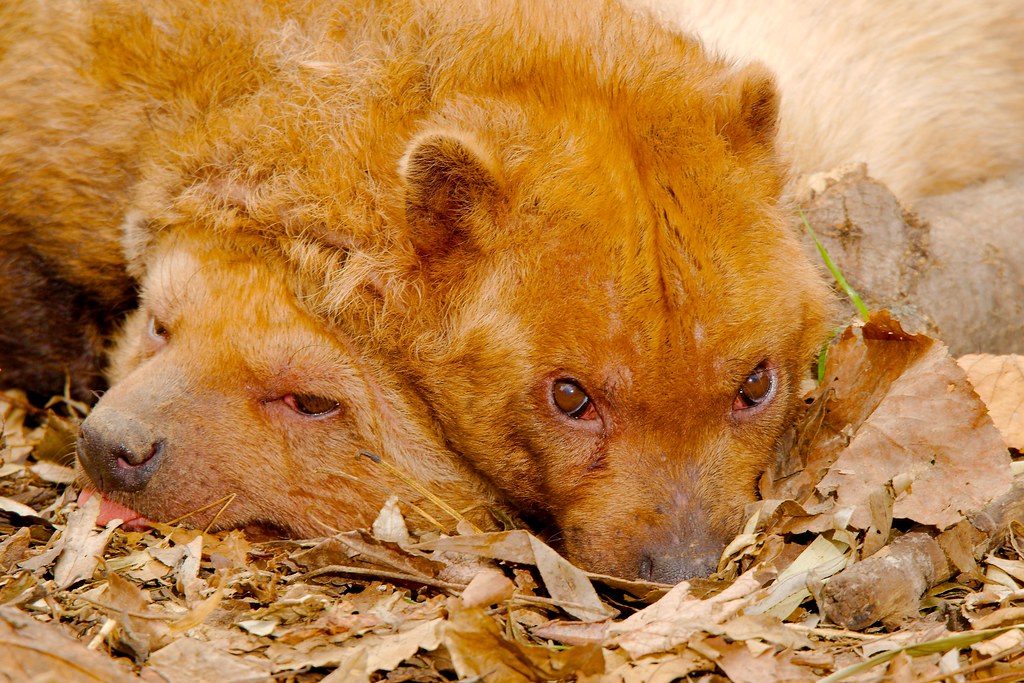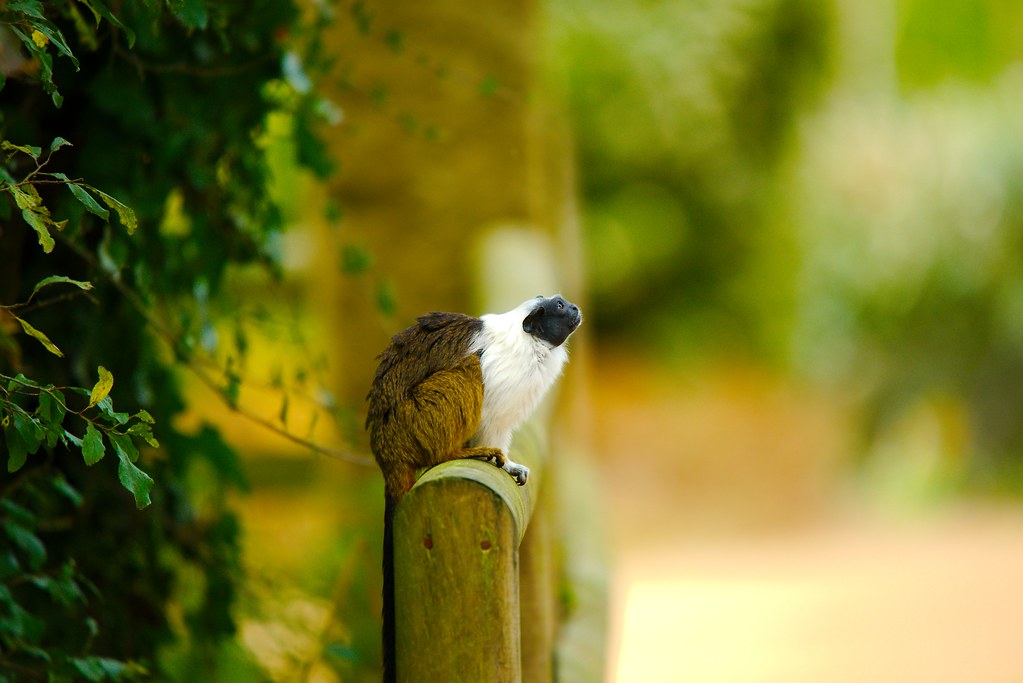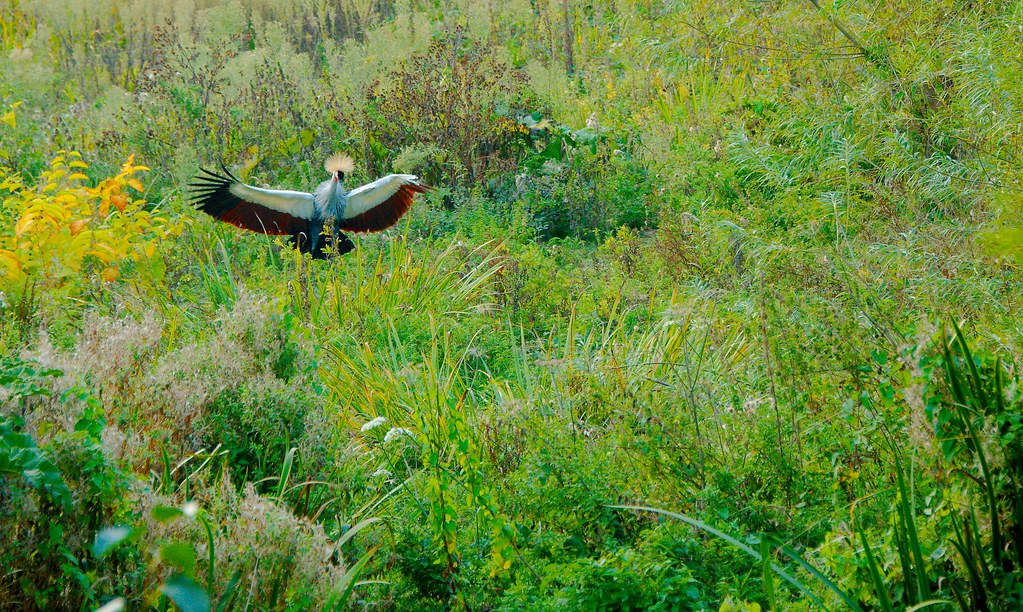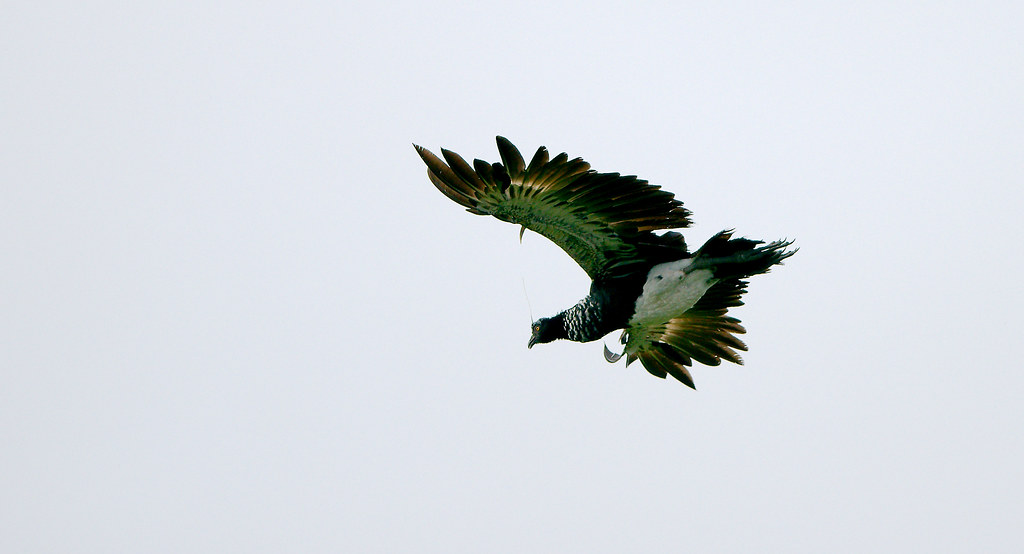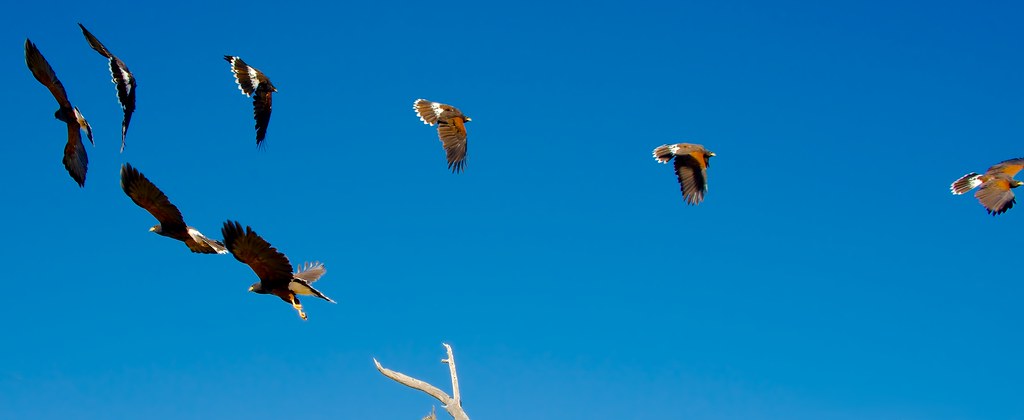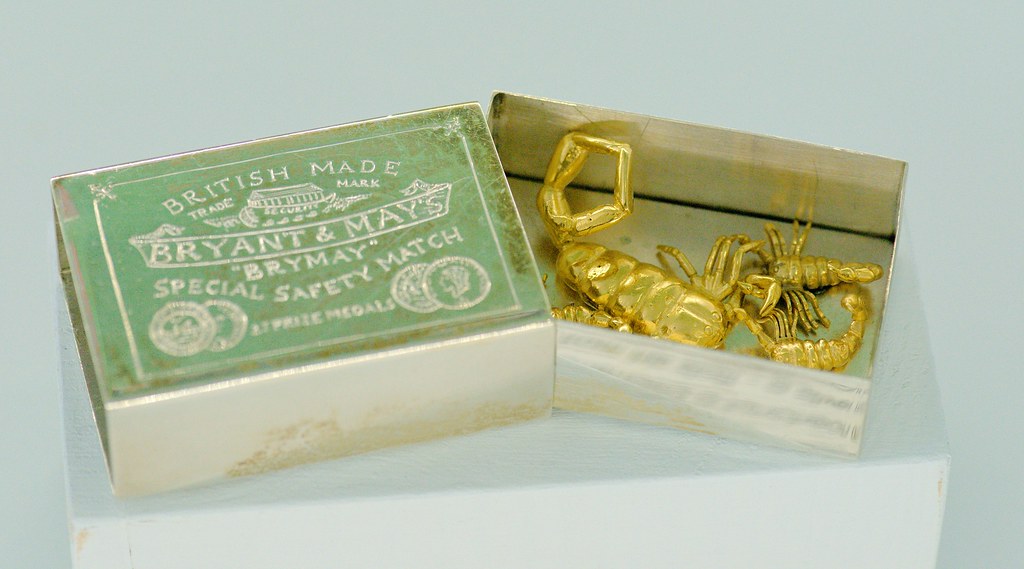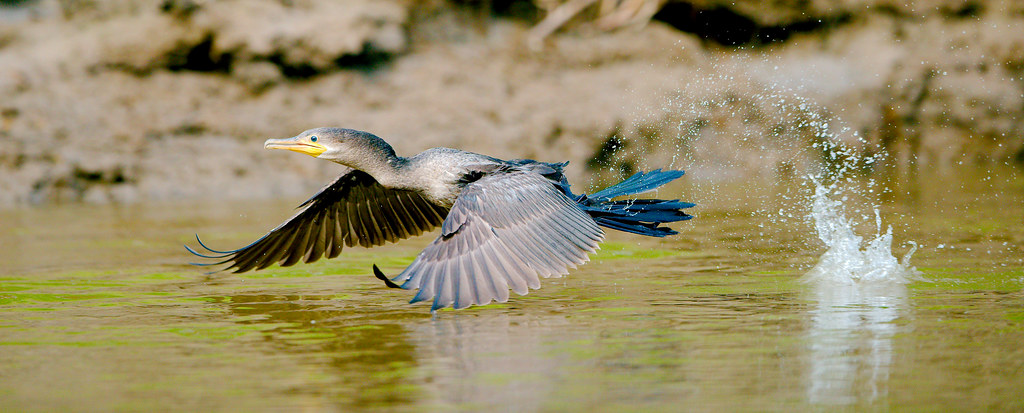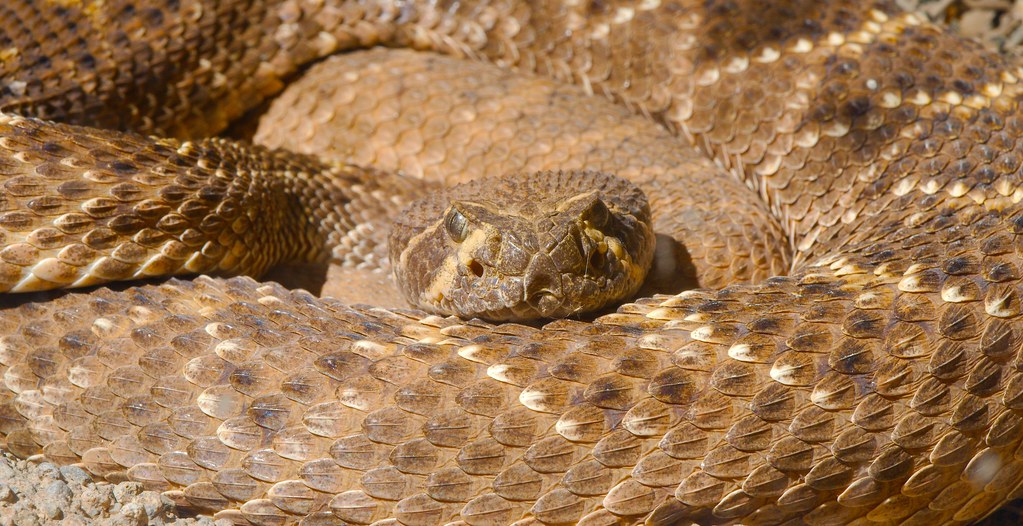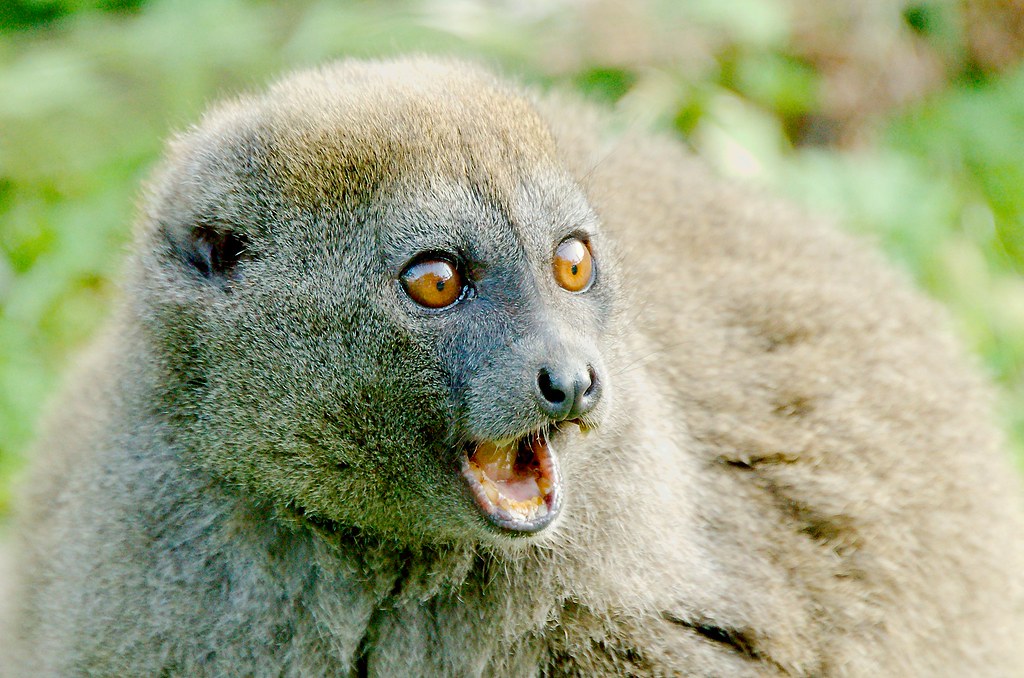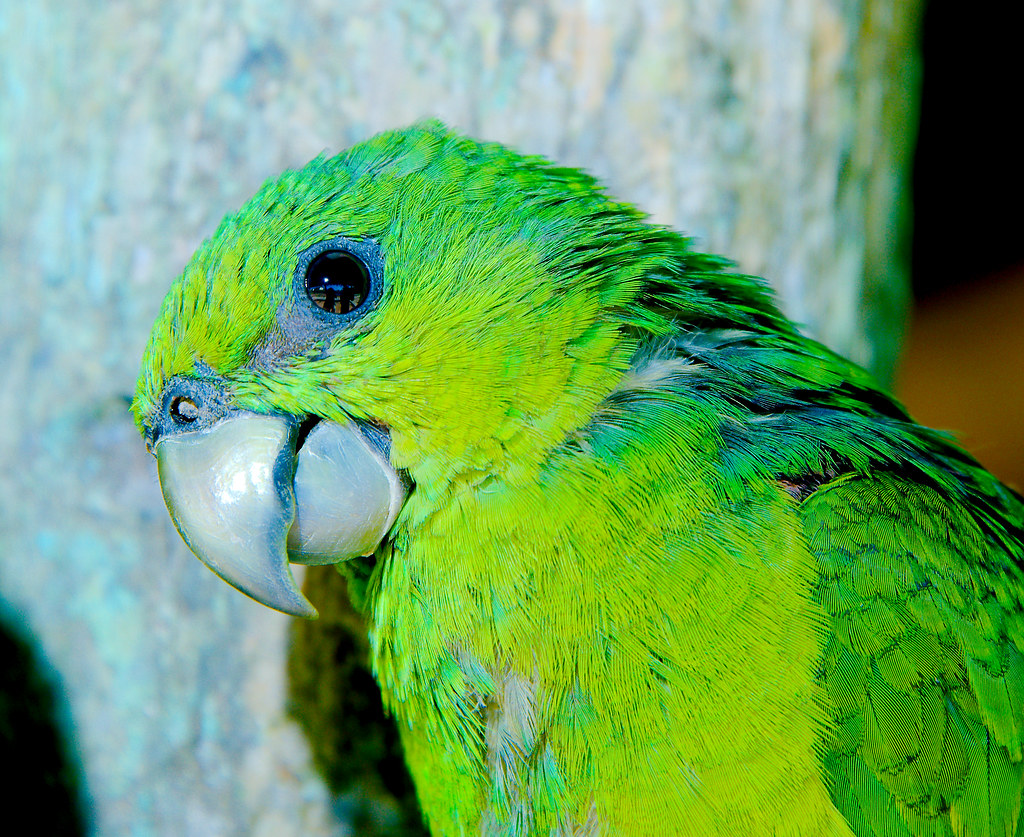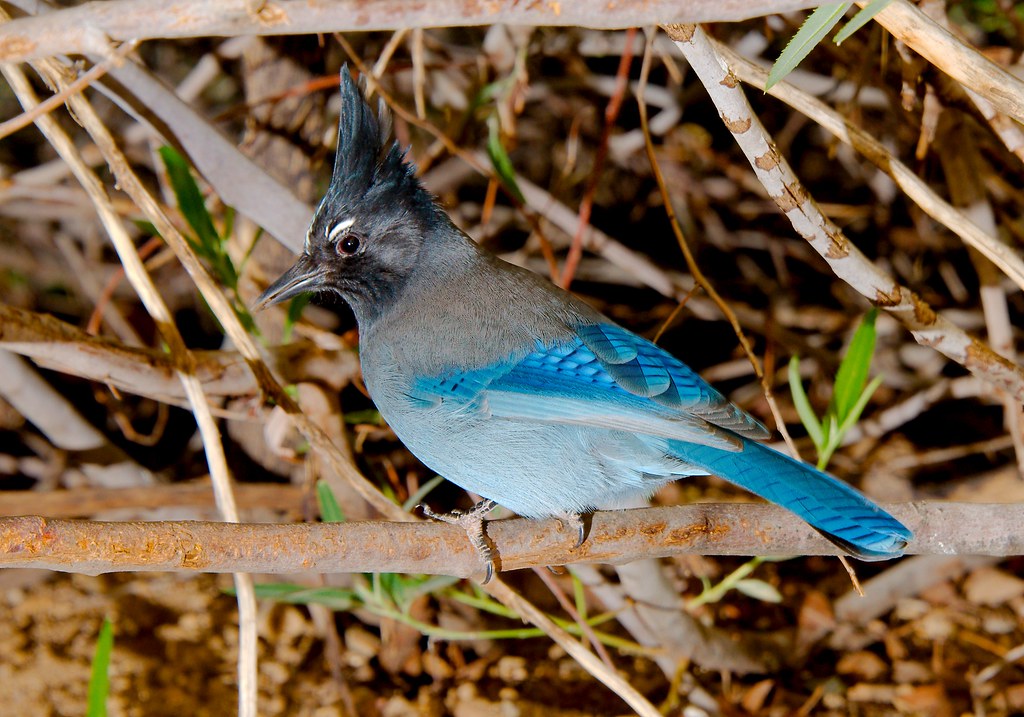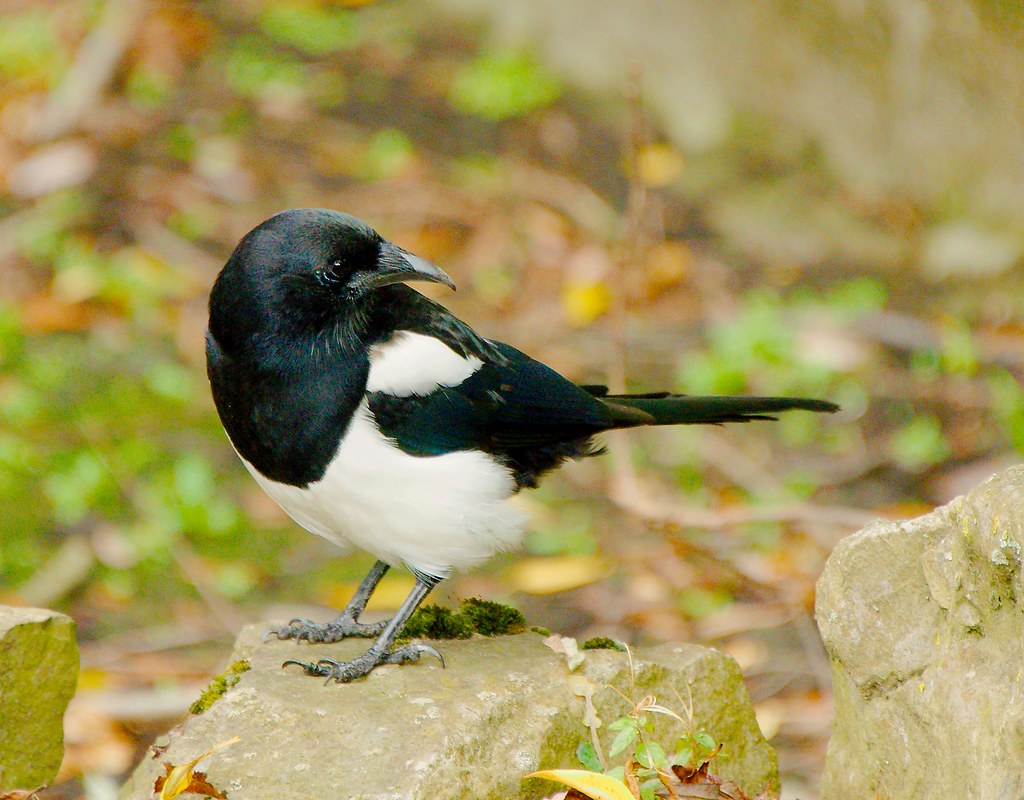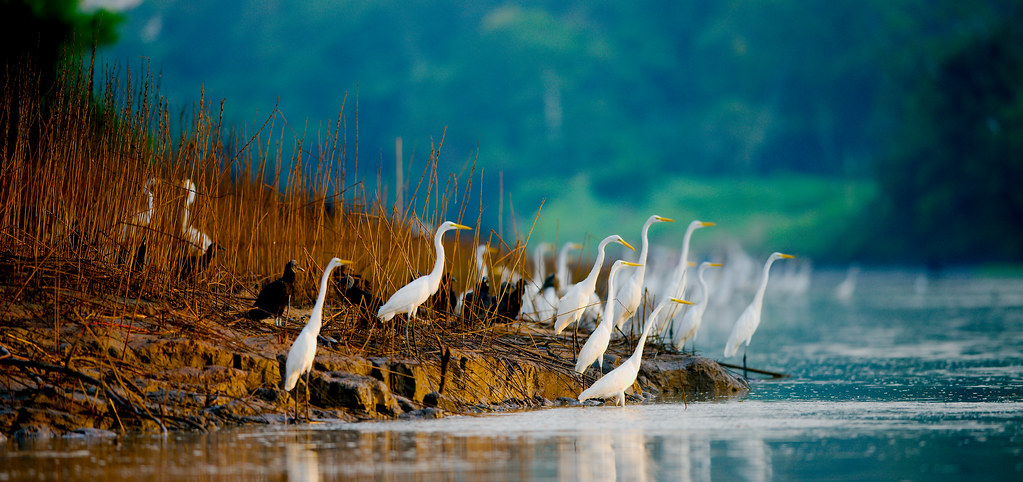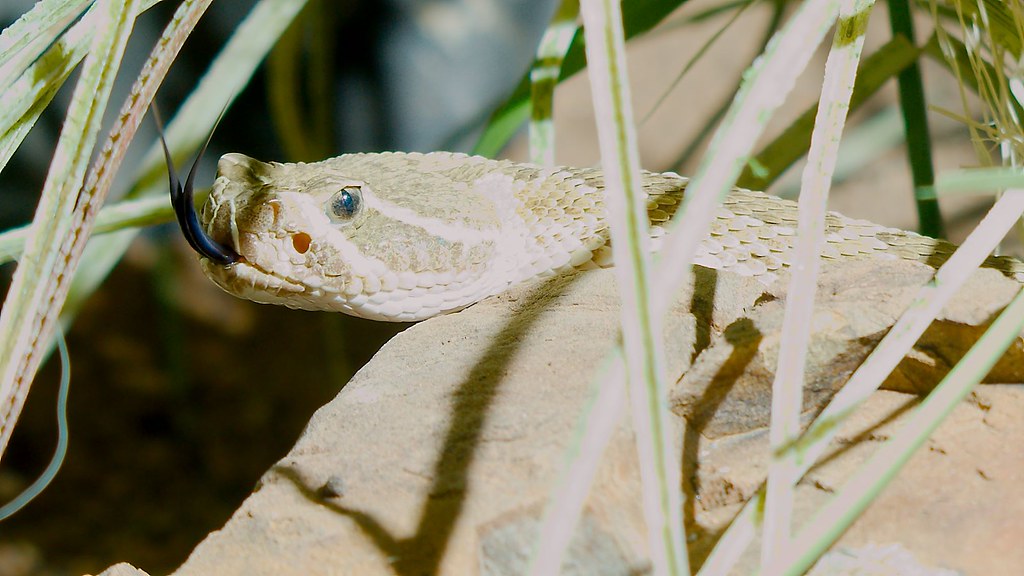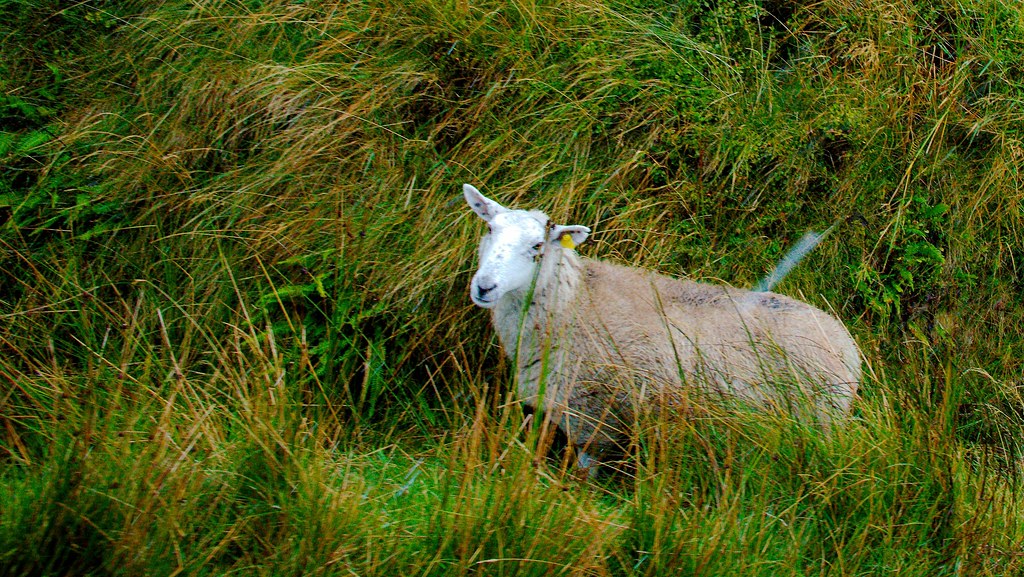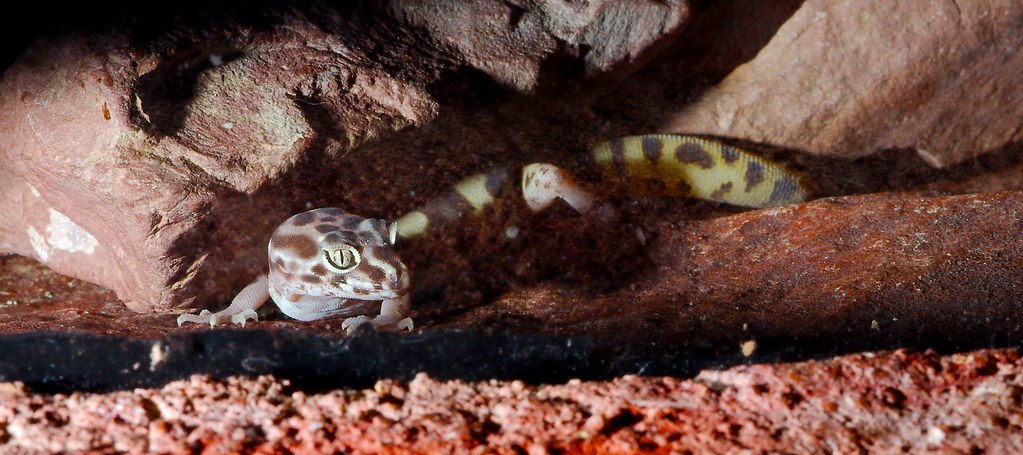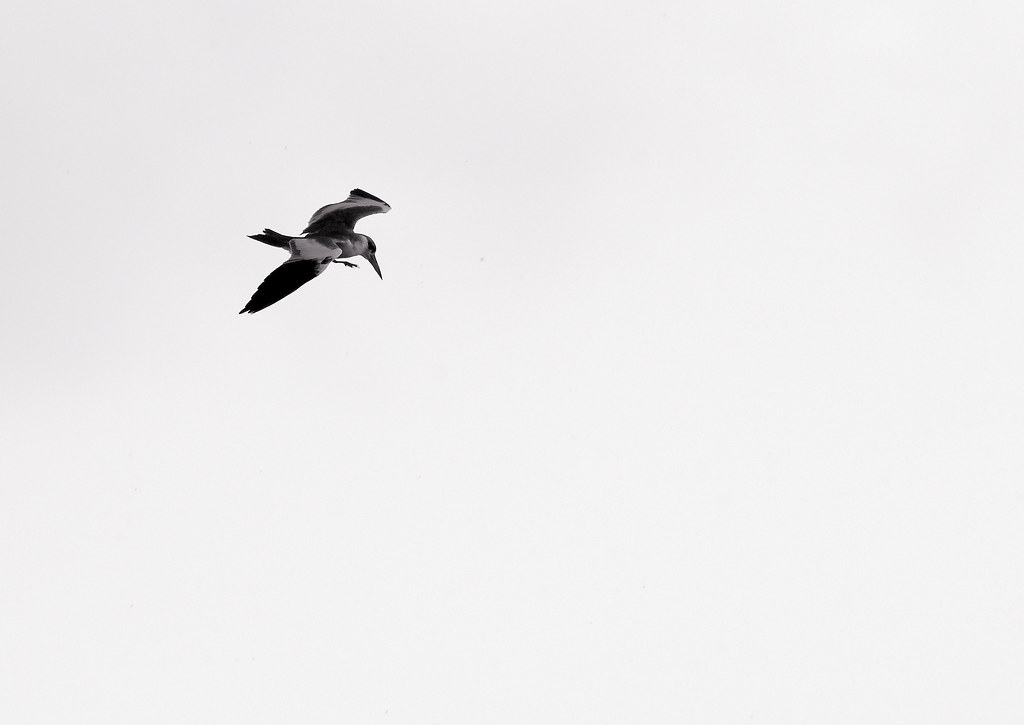As far back as memory stretches, the dock had been there. No one knew who had built it, just that it was there, made of a dark type of ice that glinted not in the sun, but at midnight … only at midnight.
The elders spoke of its destruction, the story passed down the generations, of the time of the great war, when the fallen had returned, fighting on the other side. Their village had been almost destroyed but, in the final cataclysm, the dock was shattered as the last wave of reinforcements approached.
The shards of ice took years to finally sink from sight and as they did, the returned fallen grew ever thinner until they were gone from sight, the last one crying in the arms of her love as she faded away.
The elders also spoke of its recreation, one year later, out of stone. The footings were quarried from distant mountains and platforms hewn from boulders from the fields, each piece meeting her strict specifications. One solitary boat was launched and, as it drifted towards the horizon, the dock crumbled, vanishing into the depths as the boat did into the mist.
The story told of the boat’s eventual return and the village prepared. At the annual remembrance of the war and the launch, they practiced, each year’s team trying to beat the time of the last. They could build a new dock out of wood in three hours, position it in one to land upon the few footings that remained. The team of six, for a wooden dock could support no more, could race from one end to the other in fifteen seconds, leaving two entire minutes to board the boat, rescue the two passengers, and return, before the dock would catch fire, sizzling as charred pieces danced across the surface, growing ever smaller.
That might be enough time.
After each year’s session, they would mourn. Sometimes for those team members that ran too fast, overshooting and skidding into the lake itself. Sometimes for those who ran too slowly or stumbled, and were caught in the conflagration. Always though, they would morn for their ancestor, name lost to time, who departed in the boat, seeking her love.
Then, they would feast, in memory of the many that had stayed and grown old. The elders would re-tell the stories, grandparents would share memories, and children would race around playing games.
And so it was, every year that there was one day of sweat, one day of tears, and one day of joy.

Such is the cost of living on the border of death.

